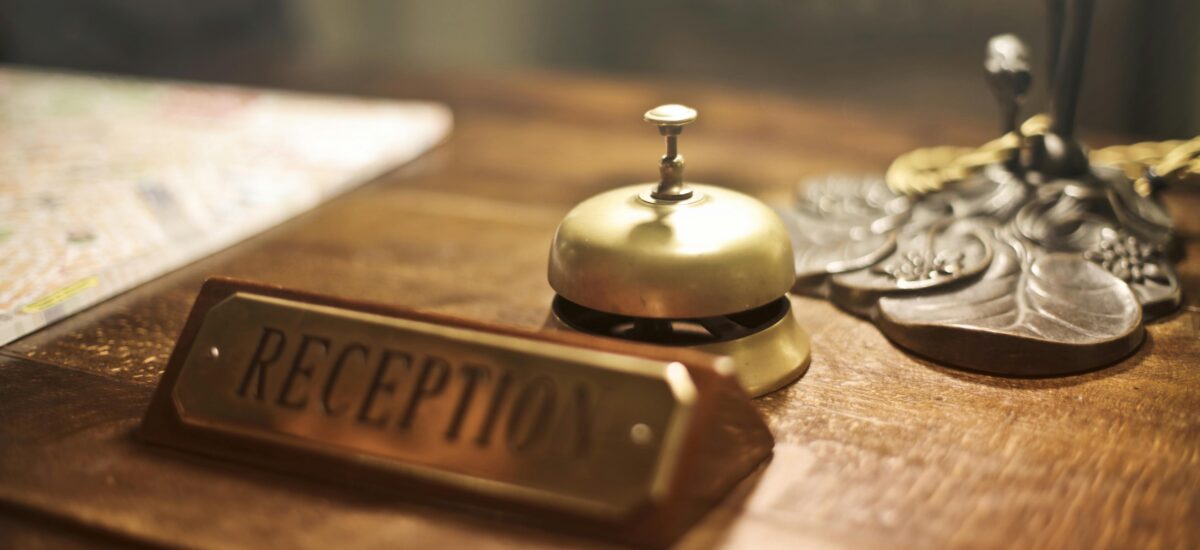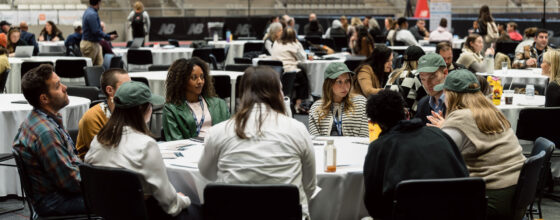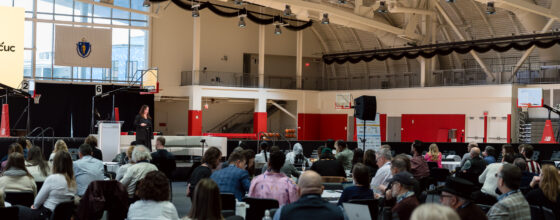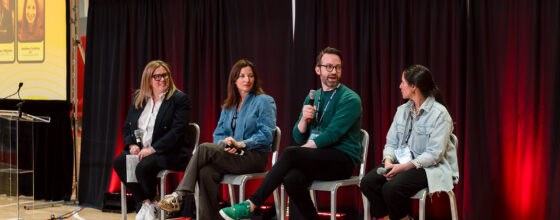Experience Over Aesthetics: Why Your Team Makes or Breaks Your Coworking Space

In the coworking industry, we’re obsessed with creating Instagram-worthy spaces. We debate furniture choices, lighting schemes, and color palettes as if the perfect aesthetic formula will guarantee member retention. But here’s the uncomfortable truth: your beautiful space means nothing if your team can’t deliver.
Your aesthetic, vibe, and “experience map” can be flawlessly executed, but if your people aren’t right, your brand experience will drive customers away faster than you can say “flexible workspace.”
A Lesson from the Luxury Nail Salon
Let me share a story that crystallized this for me. I recently discovered a new nail salon marketed as “luxury” that had opened nearby. They were filling a real gap in the market- every other salon in the area fell into that “meh but has chairs and polish” category. Sound familiar? It’s the coworking equivalent of “meh but has desks and WiFi… will do if you’re desperate.”
This salon was stunning. Luxury finishes throughout, not a TV in sight, soft piano music, the works. The front desk was staffed by a man in an actual suit, and they had a full bar off to the side. When I booked my appointment, I was handed a menu- alcoholic beverages, mocktails, coffee, spa waters, fresh lemonade. The waiter took my order and returned promptly with Vietnamese coffee served with an extra-long straw so I could sip while my hands were being worked on.
The attention to detail was truly remarkable. Despite being busy, the space did not feel chaotic. My nail technician explained this was intentional- no TVs, no music with lyrics, just water features and instrumentals. It was even a phone-free zone. The atmosphere and aesthetic were flawless.
My manicure? Fine. Not extraordinary, but marginally better than the local competition. My nail tech was pleasant enough, and despite the luxury price point, I knew I’d return.
When Great Aesthetics Can’t Save Poor Service
Fast forward to my second visit. Same impeccable greeting, same suited host, same attentive waiter who even added whipped cream and sprinkles to my coffee “because everyday should be celebrated.”Everything about the environment remained perfect.
But my nail technician was terrible. Not just mediocre – genuinely awful. After several cuts that left me bleeding, I did something I never do: I requested a different technician. The replacement was marginally better, at least they didn’t draw blood, but the damage was done.
I left unhappy, feeling ripped off by the premium price for substandard service. While the aesthetics and amenities had been compelling enough to bring me back once, there wouldn’t be a third visit anytime soon.
The Coworking Connection: Why Your Team Is Everything
This experience perfectly illustrates what coworking spaces need to understand about member retention. Your design can be flawless, your front-of-house welcoming, your amenities enticing but if your community manager and day-to-day team aren’t stellar, you’ll lose members to competitors offering consistent, quality experiences.
The Front Door vs. The Daily Experience
We constantly promote high-touch hospitality and cutting-edge amenities as differentiators. These elements absolutely matter for attracting members initially they get people through the door and help you stand out in crowded Google searches. But they won’t keep members in your space long-term.
What keeps members? A solid team that consistently executes the basics well. You need those “fancy sparkly things” to differentiate yourself, but it’s mission-critical that you nail the fundamentals day after day.
Why Team Selection Is Make-or-Break for Coworking
Coworking spaces are inherently member-facing businesses. Unlike traditional office leases where tenants might interact with building management once a month, coworking members engage with your team daily. Every interaction shapes their perception of value and influences their decision to stay or leave.
The community manager role is particularly crucial because they:
- Set the tone for member relationships and community culture
- Handle day-to-day issues that directly impact member satisfaction
- Facilitate connections and experiences that justify membership costs
- Serve as the face of your brand in hundreds of micro-interactions
Cultural fit matters as much as skill level because:
- Members can sense authenticity – or lack thereof
- Inconsistent service delivery erodes trust in your brand
- Team members who don’t embody your values create cognitive dissonance
- Word-of-mouth referrals (crucial for coworking) depend on consistently positive experiences
Getting Your Team Right
The most successful coworking spaces invest heavily in finding team members who combine technical competence with genuine enthusiasm for community building. They understand that a mediocre community manager in a beautiful space will drive away more members than a great community manager in an average space will attract.
Look for team members who naturally thrive in service-oriented roles, demonstrate emotional intelligence, and align with your space’s values. Then invest in ongoing training and development to ensure they can consistently deliver the experience your brand promises.
The Bottom Line
Your aesthetic choices and amenities might win you the first visit, but your team determines whether there’s a second, third, and fourth. In an industry built on recurring revenue and community, consistency in human interactions trumps perfection in interior design every time.
Don’t let a beautiful space mask fundamental weaknesses in service delivery. Get your people right first- everything else is just window dressing.









